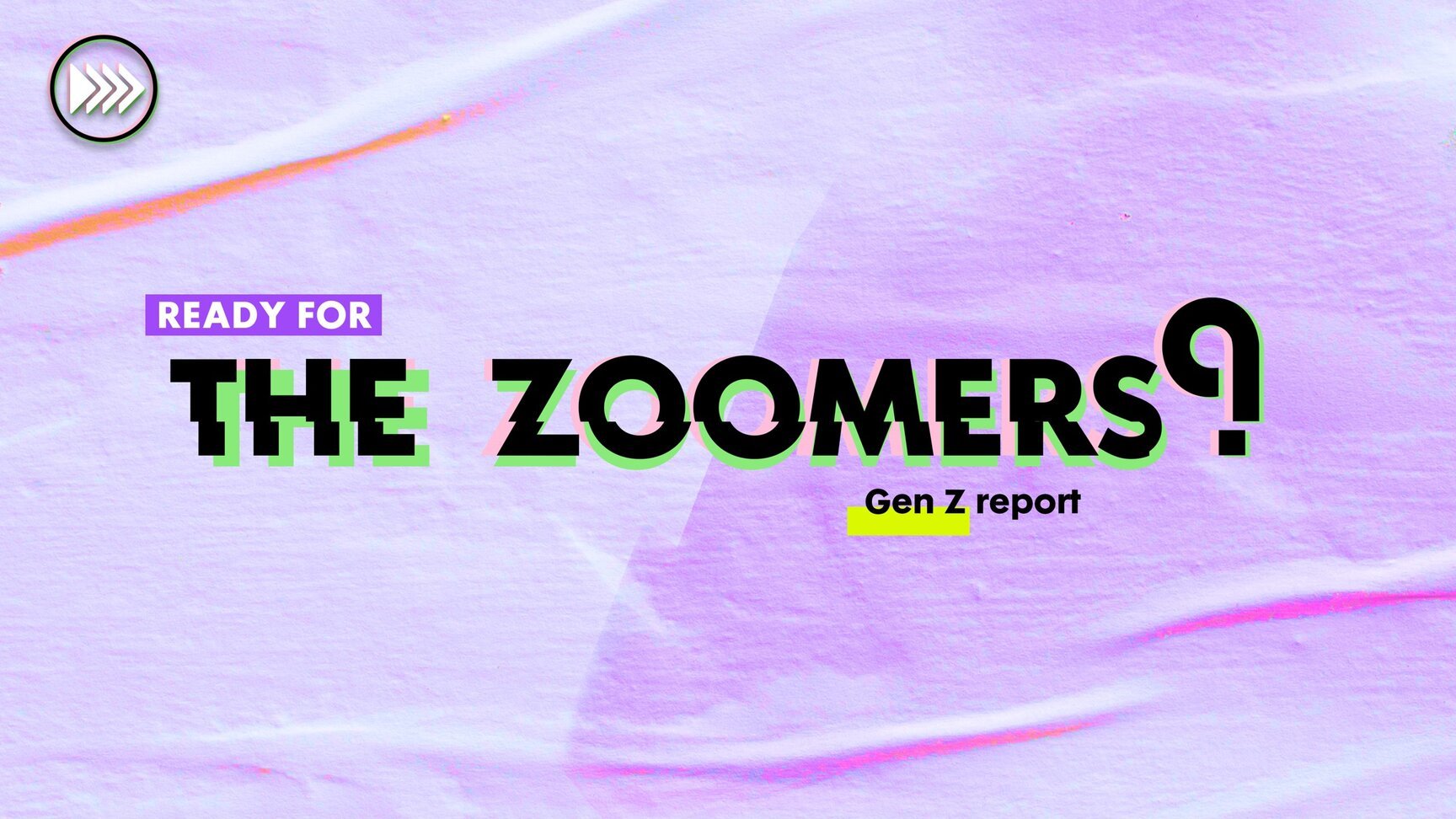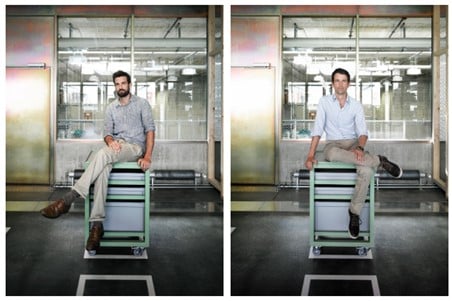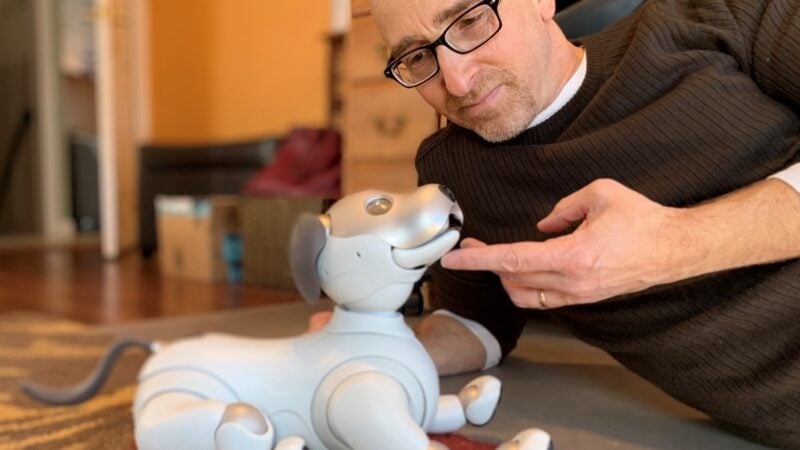Q: Who decided that? The two FREITAG founding brothers?
Oliver: “Yes, of course! The two founders didn’t have a CEO role, they were Chief Creative Directors. They had the feeling we were still in search of our perfect organizational form, and also that we needed a more agile system.
Holacracy is not about delegation, it’s about self-delegation, responsibilities of roles for the company and not for the owners or for your boss. On the other hand, it’s very structured and strictly formatted in terms of meeting formats.
My current main role is Commercial, which includes sub-circles such as product development, sales channels, communication and creation. So, I am representing the Commercial Circle and I am the so-called Lead Link of the Commercial Circle, which is not the boss of all the roles and people, but the one responsible for assigning the people to the necessary roles within the Circle.
It’s a very agile system, meaning people can easily switch circles and roles. Right now, we are still in the starting structure, although there have already been some minor shifts in roles, but nothing too drastic. Everybody is able to work on all roles within a circle, which makes it very dynamic.
Next to the Lead Link role in the Commercial Circle, I have twelve other roles. For example, one is called Creative Direction, which is a multi-filled role with the founding brothers and another coworker. And then there are other roles like Host for our frequently organized conferences. But my main role right now is Commercial and, translated into the hierarchy world, LinkedIn or the likes, you’d probably say Head of Commercial or Chief Commercial Officer, Creative Director and member of the board or something – you name it.”






